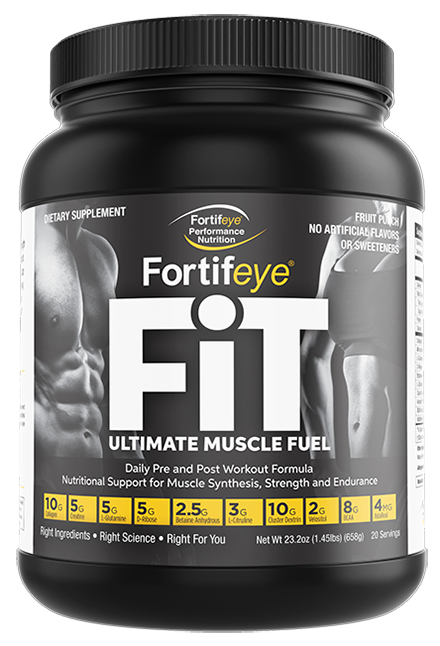Dr. Michael Lange Discusses Nutritional & Lifestyle Intervention for Macular Degeneration Published: Thursday, June 26, 2014
Article Link: http://beforeitsnews.com/health/2014/06/dr-michael-lange-discusses-nutritional-lifestyle-intervention-for-macular-degeneration-2540480.html
 Macular Degeneration is the leading cause of legal blindness in the U.S. in the over 55 age group, said Dr. Michael Lange. There are over two million people that are vision impaired from macular degeneration. It is estimated that over three million people will have Age Related Macular Degeneration (ARMD) by 2020.
Macular Degeneration is the leading cause of legal blindness in the U.S. in the over 55 age group, said Dr. Michael Lange. There are over two million people that are vision impaired from macular degeneration. It is estimated that over three million people will have Age Related Macular Degeneration (ARMD) by 2020.
Macular degeneration is a medical condition that causes degeneration of the central part of the retina, called the macula. The macula is a small area at the back of the eye that helps you see the fine details of what your eyes are focusing on. Damage to the nerve cells in the macula causes Macular Degeneration. ARMD causes blurring of the central vision due to damage of the nerve cells. This damage makes it harder to focus on things that necessitate sharper vision like reading, driving, and recognizing faces. ARMD does not lead to complete blindness, as it doesn’t affect the peripheral vision. However, the loss of central vision can be a devastating blow. It greatly limits many activities and can lead to being considered legally blind.
The two types of Macular Degeneration are wet and dry, with dry being the most common. Both forms can affect one or both eyes. Sometimes starting in one eye, and eventually appearing in the other eye.
- The dry form of Macular Degeneration [non-neovascular ARMD] takes place slowly with a gradual blurring of the central vision, Dr. Michael Lange said. With advancing age, the cells in the macula begin to break down and thin. As waste deposits build up in the back of the eye this causes damage to the macula. When trying to focus on an object, it may look warped or smaller than it appears in reality. This slow progression can take place over years before the central vision limitations significantly affect the ability to drive safely or read.
- The wet form, neovascular ARMD, although much less common, progresses at a much greater rate of speed. The abnormal growth of blood vessels in the back of the eye break easily leaking blood, and causing a build-up of fluid under the macula. The resulting damage to the macula takes place rapidly distorting the central vision. Unlike the symptoms of the dry form, the first symptom with the wet form is that straight lines often appear wavy or curved. The central vision loss with the wet form takes place rapidly and can be quite severe. This rapid progression is exponentially more devastating to the patient as there is little time to implement preventative measures or prepare for the vision impairment.
With close to two million Americans suffering the effects of  macular degeneration, ongoing and significant research is taking place to stop or slow down the progression of the disease. While scientists continue their research, optometrists and ophthalmologists are encouraging patients to adjust their nutrition and lifestyles. This will decrease their odds of suffering from the disease. Patients already experiencing the effects of the disease are already showing benefits of lifestyle and nutrition adjustments.
macular degeneration, ongoing and significant research is taking place to stop or slow down the progression of the disease. While scientists continue their research, optometrists and ophthalmologists are encouraging patients to adjust their nutrition and lifestyles. This will decrease their odds of suffering from the disease. Patients already experiencing the effects of the disease are already showing benefits of lifestyle and nutrition adjustments.
- “Patients who do cardiovascular exercise for 20-30 minutes 5 times a week are less likely to develop macular degeneration,” Dr. Michael Lange said. This includes exercising on the treadmill, stationary bike, elliptical, walking, and swimming.
- Recommendations include increasing consumption of several organically raised meats, including turkey and chicken. Also include organically grown vegetables and fruits. Decrease consumption of saturated fats and fatty acids, including corn fed beef, whole milk, and cheese. Not all fat is bad, adding omega 3 fatty acids to your diet by taking micro distilled triglyceride form fish oil is highly recommended. Eat cold water fish (sardines, tuna, mackerel, lake trout, Atlantic halibut, and wild-not-farmed salmon). Wild salmon are high in super carotenoid called astaxanthin that is proving to be a key nutrient for macular degeneration.
- Ideal foods to add to your diet are: dark green leafy vegetables including dark green lettuces [romaine, green leaf, arugula and butterhead, cruciferous leafy green [spinach, mustard greens, kale, broccoli, collard greens and cabbage], swiss chard, and even edible green leaves [dandelion, red clover, plantain, watercress and chickweed], orange bell peppers, and Goji berries, either raw or gently cooked.
- As with most healthy diets aimed at decreasing blood pressure and fluid retention, reducing your salt intake may also help reduce waste deposits, known as drusen, in the macula.
- Lifestyle changes that help include switching out your sunglasses for blue blocking ones, particularly if you’ve had cataract surgery.
- Quitting smoking
- losing weight (if overweight) are at the top of the list of lifestyle changes.
- Ensuring a good night’s sleep
- taking recommended nutritional supplements
- drinking green tea, will contribute to overall health.
- Drinking small amounts of red wine, along with switching your favorite sweet temptation for dark chocolate [the darker the better] are also recommended.
Taking these measures may be able to slow the progression of macular degeneration, noted optometrist Dr. Michael Lange said.



